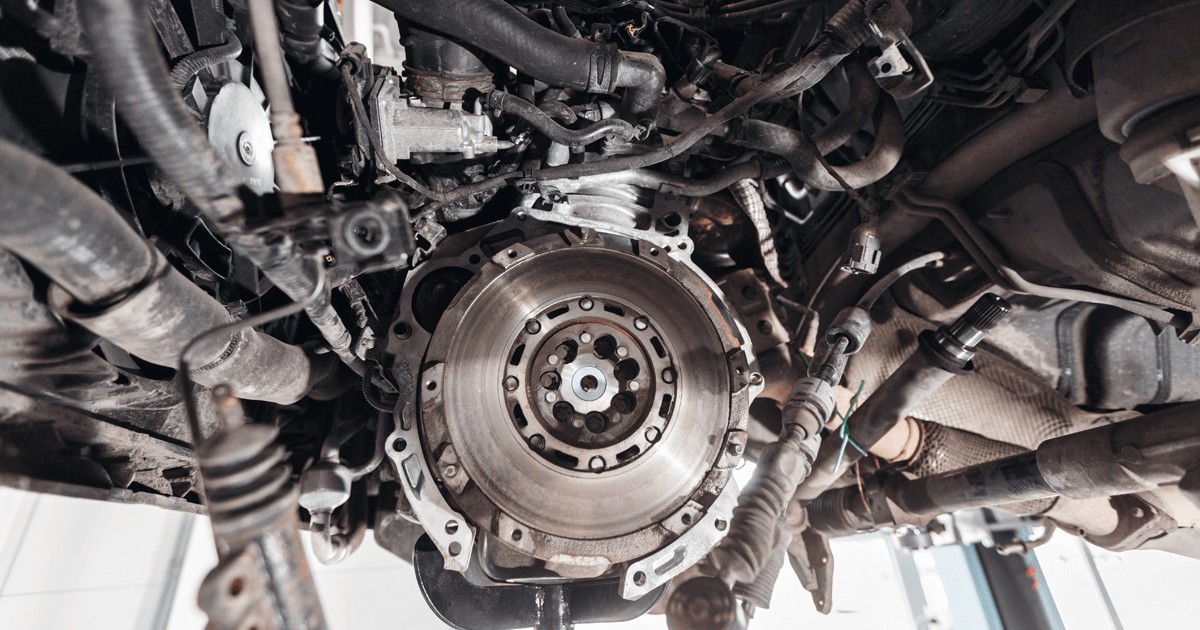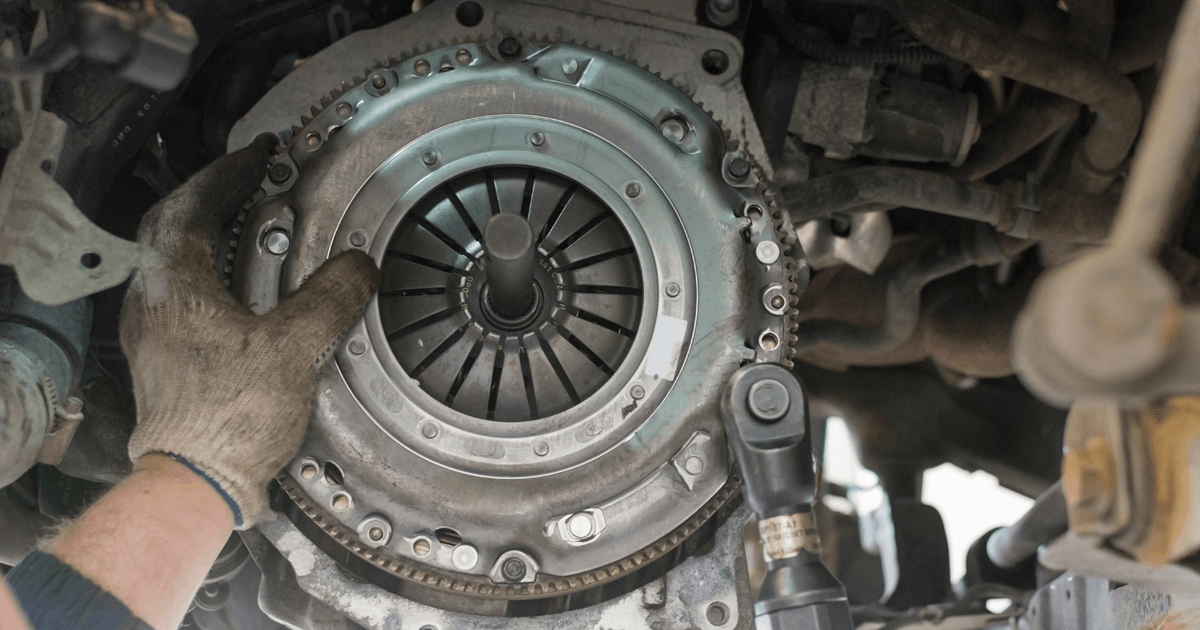
If you drive a manual transmission vehicle, I am sure you’re familiar with the car clutch. But do you know what really is the purpose of the car clutch? How does it work? What are the various types of clutches? Why do clutches go bad? And lastly, how can you keep the clutch in good shape?
In this blog, we will try to answer all these questions.
What is a car clutch?
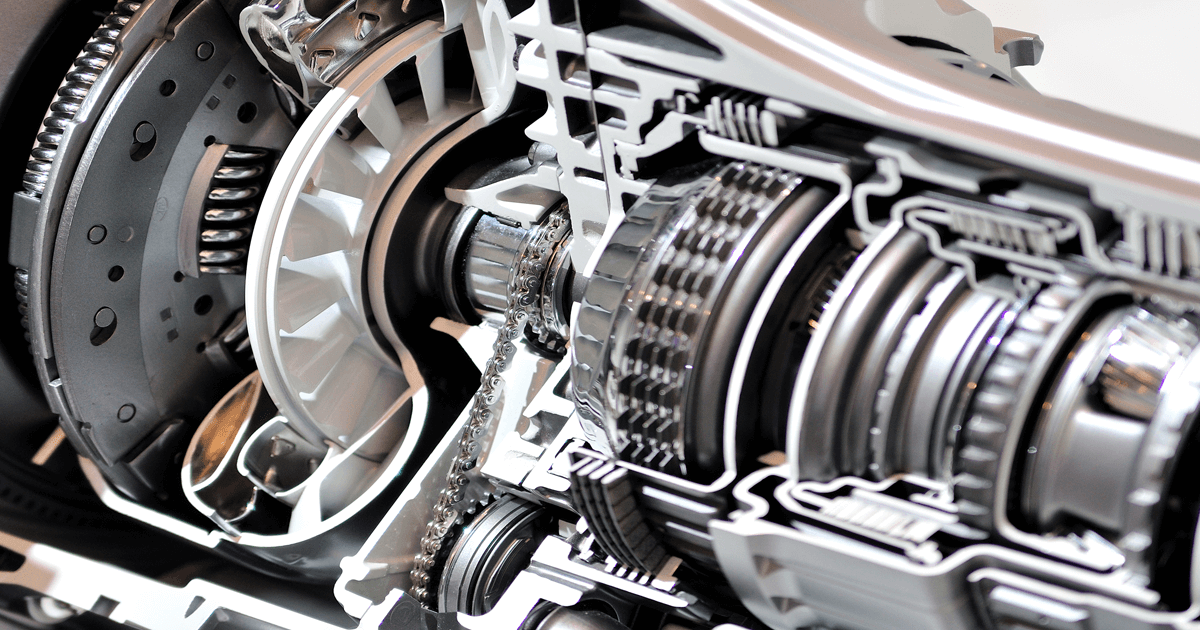
Simply put, a clutch is a mechanical device that conveys the rotational power from the engine of your car to its wheels. It connects the rotating shafts and controls the connection between them. In particular, it manages the contact between the shafts coming from the engine and the one connected to your wheels.
The reason your car needs a clutch is that, unlike the engine, which is constantly working and generating power, the wheels do not spin endlessly. A car clutch thereby allows a vehicle to change speed or come to stop without you having to kill the engine. It achieves this by temporarily disengaging the connection between the car engine and its wheels.
How does a car clutch work?
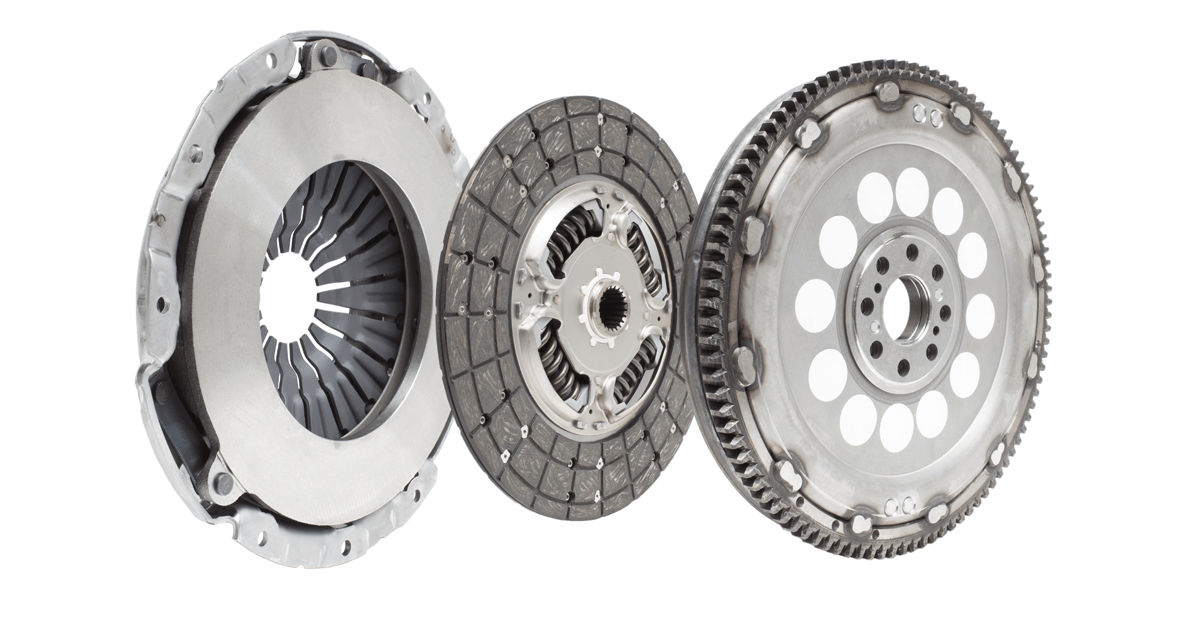
The clutch in your automobile has two main parts: the flywheel and the clutch plate. There are also a set of springs that push a pressure plate up against your clutch plate when you’re not pressing down the clutch. This pressure from the springs also pushes the clutch plate and the flywheel together. In turn, it builds a connection between the engine and the shaft, which transfers motion to the wheels and makes them move.
When you press the car clutch pedal, the pressure plate gets pulled away from the clutch plate through a release fork. Consequently, the link between the engine and the wheels breaks, and the wheels no longer spin through the engine power instead they do it from their own momentum.
This process is very helpful when changing gears, giving you better control over the speed of your car.
What are the types of car clutches?
1. Single-plate clutch:
This type of car clutch is made up of two friction plates. When they come together, they transmit torque. It is unlikely to find this type of clutch in cars today due to its limitations.
2. Multi-plate clutch:
A multi-plate clutch has multiple friction discs working simultaneously. It allows more area to generate friction and thus increases the torque transmitting capacity. You’ll find it in cars, trucks, and many other machines.
3. Cone clutch:
A cone clutch consists of two drums of which one comes on top of the other when you engage the clutch. They then start rotating together. You’ll only find these in race-cars or powerboats.
4. Centrifugal clutch:
Also known as an automatic clutch, the centrifugal clutch makes use of - you guessed it!- the centrifugal force. They’re called automatic because you do not need a clutch pedal, rather it engages automatically. This type of car clutch is only used in scooters and mopeds.
4. Hydraulic clutch:
Hydraulic clutches comprise of two parts, the pump, and the turbine. Both these parts have blades attached to them. When the blades on the pump move, they push oil by making use of the centrifugal force, and this gets the turbine blades moving. You are likely to spot this type of system in automatic transmission vehicles.
5. Electromagnetic clutch:
There are two parts of this clutch, an armature, and an electromagnet. When you push the clutch pedal, the current goes through to the electromagnet, which produces a magnetic field. It attracts the armature toward itself and generates a frictional force between the two plates. Due to its costliness and quick heating, these types of clutches aren’t popular with automobile makers.
What Are Common Issues With Car Clutches?
A car clutch can serve you for a fairly long time if you treat it well. However, if you're careless with it, you may encounter lots of issues.
1. Wearing out:
Clutches work through the principle of friction and the constant friction causes them to wear out.
2. Broken cables:
Excessive pressure causes the cable to snap or lose its tensile nature.
3. Fluid leakage:
Fluids help increase the pressure allowing the car clutch to perform better. If these fluids leak, there will not be enough pressure, and the clutch will not work efficiently.
4. Misalignment:
If you press down the pedal with the wrong amount of force, it could cause a misalignment in the car clutch.
5. Unwanted air in the line:
When any gasses such as air get in the fluid lines, the system will not work properly due to low pressure.
6. Stiff clutch:
A car clutch that is hard to press is a pretty common issue.
How to make your car clutch last longer:
Your car clutch is prone to wearing out due to the constant friction it is exposed to. Much like other car repair jobs, replacing or mending the clutch system is quite a costly investment. While deterioration is inevitable, you can delay it by taking proper precautions and care.
1. Change gears swiftly and decide that gear you’re moving to before you press down the clutch. This way you will not have to hold down the clutch for too long and you will not be putting any unnecessary strain on it.
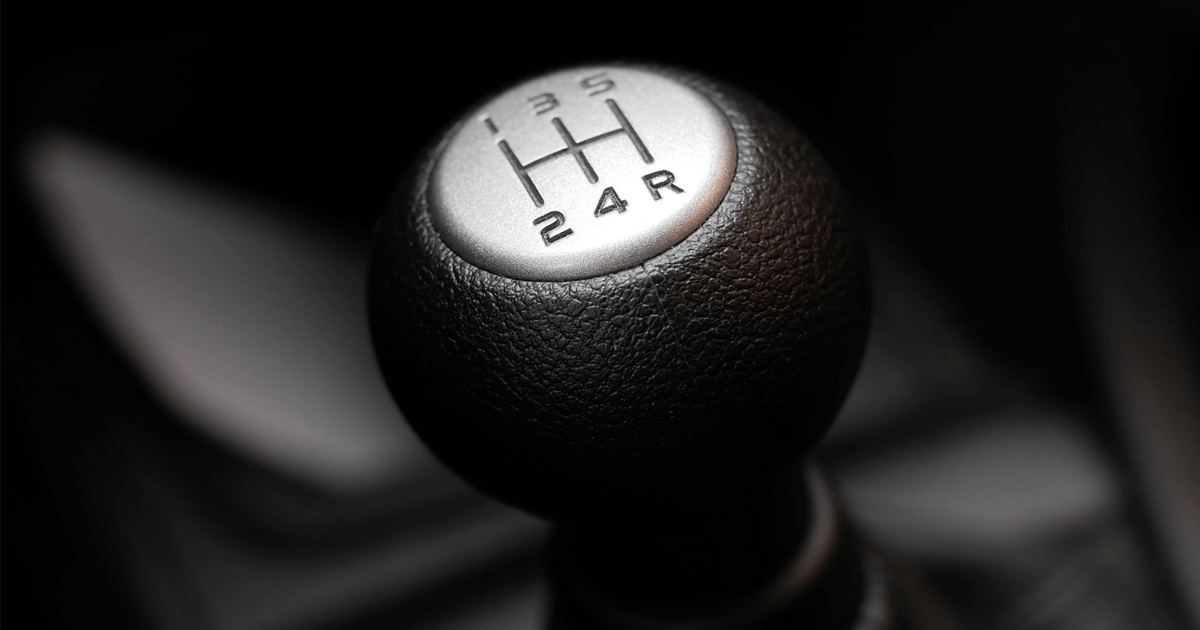
2. Do not switch gears without need; avoid overuse of your car clutch.
3. When parking your vehicle, use the handbrake instead of leaving the car in gear. Doing so will reduce the amount of pressure on your clutch and gives it ideal rest time.
4. Release you vehicle clutch entirely when not in use. Pressing your clutch half-way down creates friction that serves no purpose and only causes it harm. If you’re a nervous driver and do this out of habit, try placing your foot away from the car clutch to break the habit.
When to visit mechanic about your car clutch?
Getting your car clutch inspected as soon as you notice any issue will save your vehicle a lot of harm. While your clutch can have multiple issues, as mentioned above, there are some tell-tale signs of a failing clutch that you should not ignore it. Visit a mechanic if:
1. Your vehicle clutch is making small jerks
2. It is hard to press down
3. Does not release as easily as before
4. You hear a grinding sound when shifting gears
Conclusion:
A car clutch is a crucial element of your vehicle. Knowing how it works and how to look after it will help it last longer and keep your driving experience smoother. While clutches do come in many types, their working is somewhat similar; hence, they need the same care. Pay attention to symptoms such as a stiff clutch and grinding noises because these can indicate bigger issues and need examination immediately.
Always be careful with how much pressure you apply on the pedal and make the gear change promptly. It’s also vital to not leave your car in gear when parking.
Lastly, whenever you take your vehicle for its annual or biannual checkups, make sure you ask your mechanic to look at the car clutch system and make necessary repairs.


